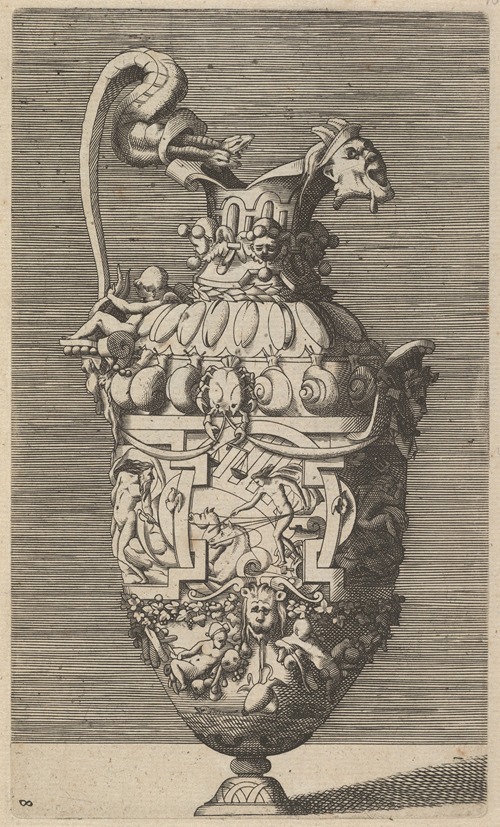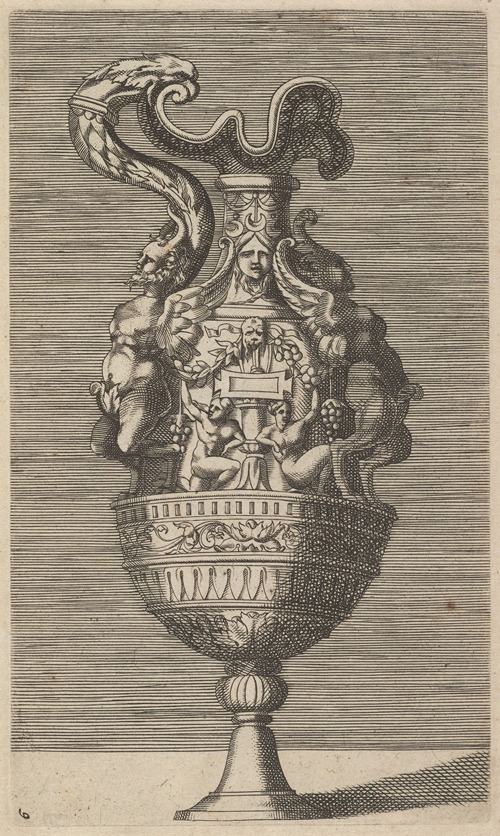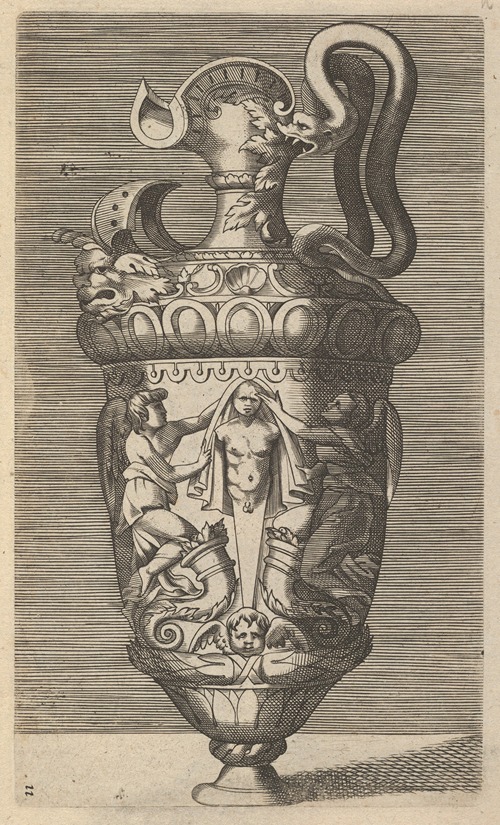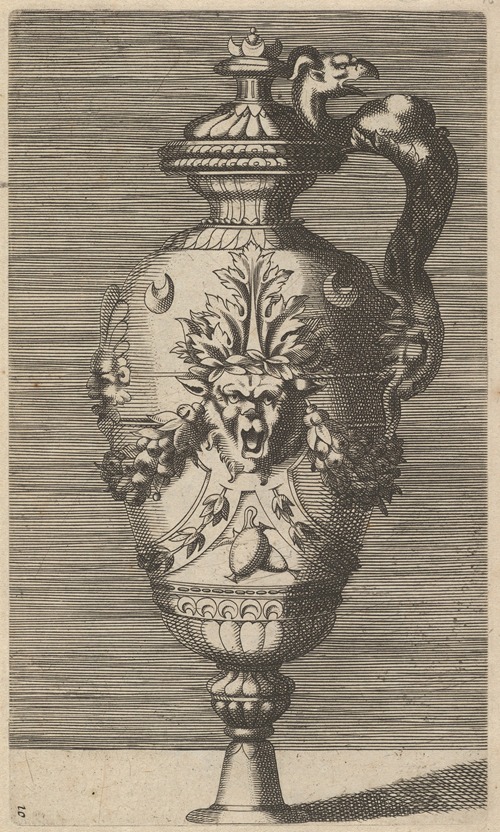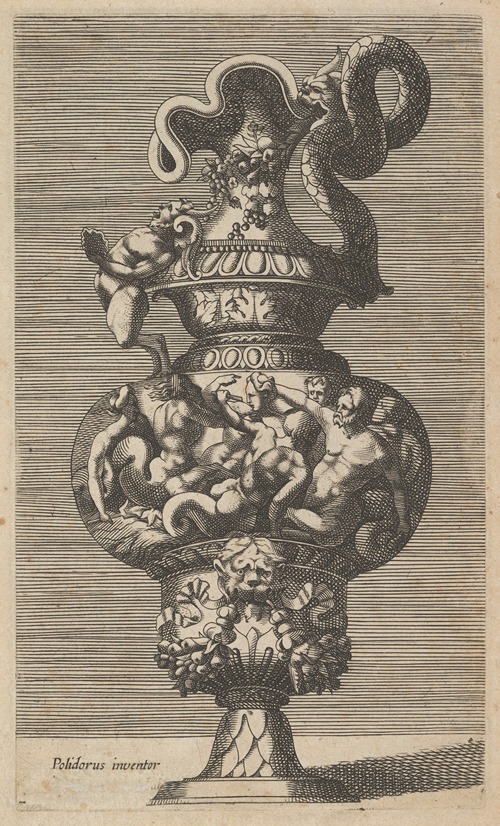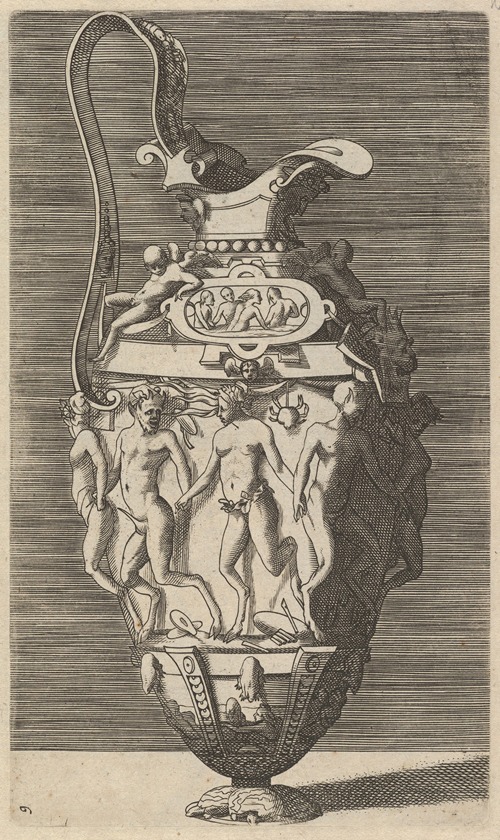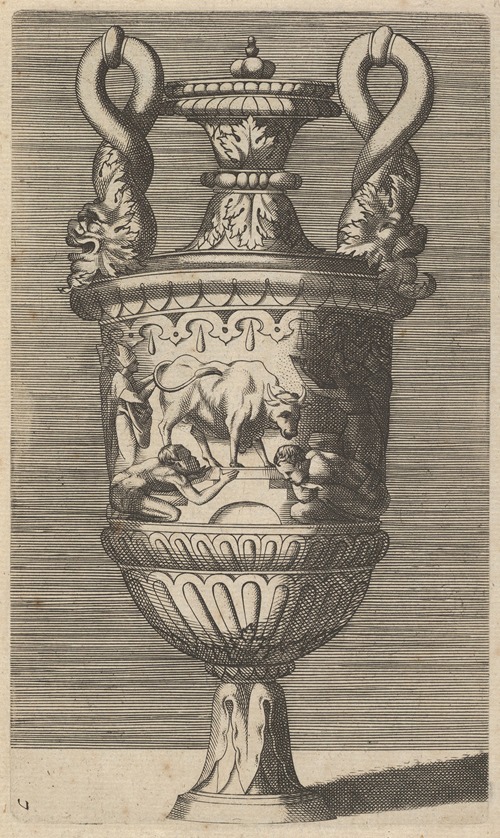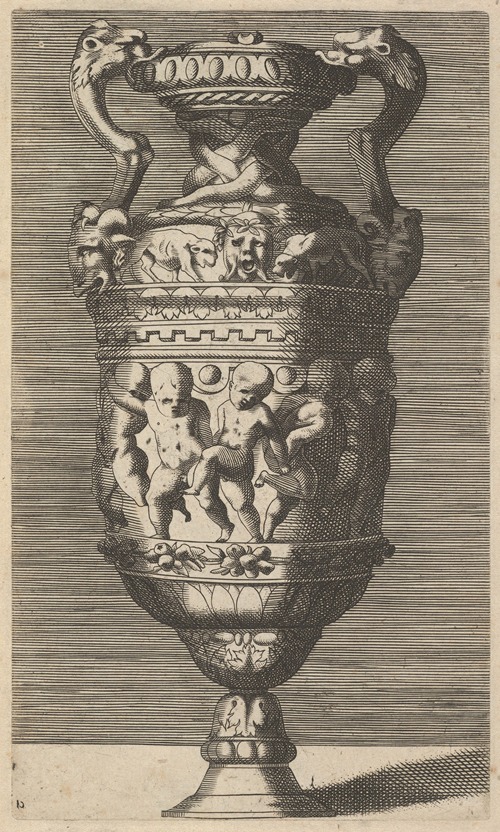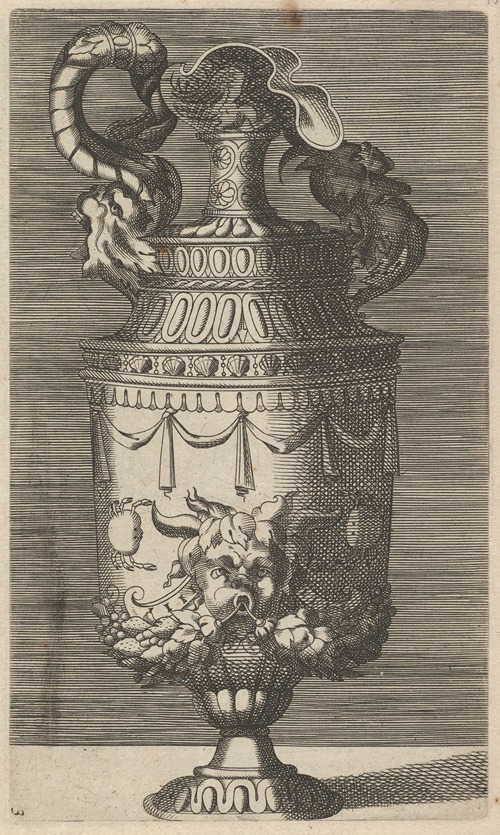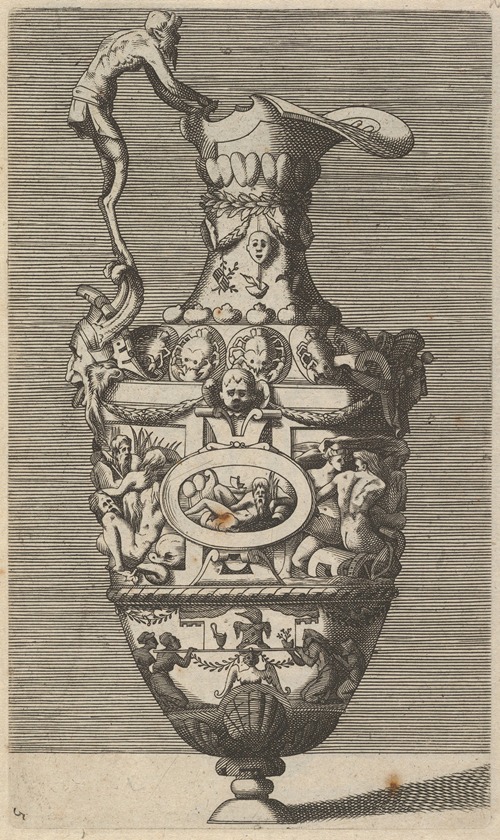
René Boyvin was a French engraver, medalist, and draftsman of the Renaissance in the Mannerist style.
René Boyvin was born into a family of artisan engravers. His father worked as a goldsmith at the “Monnaie de la ville” (city mint) in Angers. He learned to use a burin at a very early age, working alongside his father.
René Boyvin left for Fontainebleau as an apprentice engraver. He abandoned wood engraving in favor of copperplate engraving. He was fond of depicting mythological scenes and festive occasions. However, he found it difficult to produce portraits of famous people.
René Boyvin was greatly influenced by the artistic style of Italian painters Rosso Fiorentino, Francesco Primaticcio, and Giovan Francesco Penni, several of whose engraved works he reproduced as part of the famous Fontainebleau School.
In 1557, he took over the management of an engraving workshop in Paris. His reputation spread throughout the capital.
In 1563, the Latin and Middle French versions of the Histoire de la Conquête de la Toison d'or [archive] or Historia Jasonis were published simultaneously in Paris. Commissioned by Jean de Mauregard, the work included a dedication to the young King Charles IX, the story of Jason by the scholar Jacques Gohory, and finally the 26 plates engraved by Boyvin. The drawings were by the Flemish artist Léonard Thiry.
In 1598, he was still working for Parisian booksellers.
In 1626, the Angevin scholar Bruneau de Tartifume mentions him in his work Philandinopolis, referring to a hundred-year-old engraver who died in 1625.
René Boyvin died in Angers or Rome in 1598 or 1625, according to various historiographical sources.
